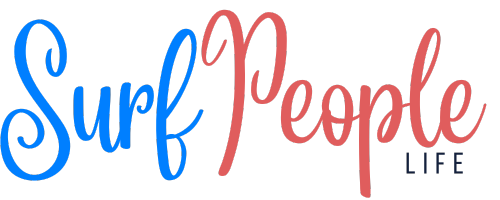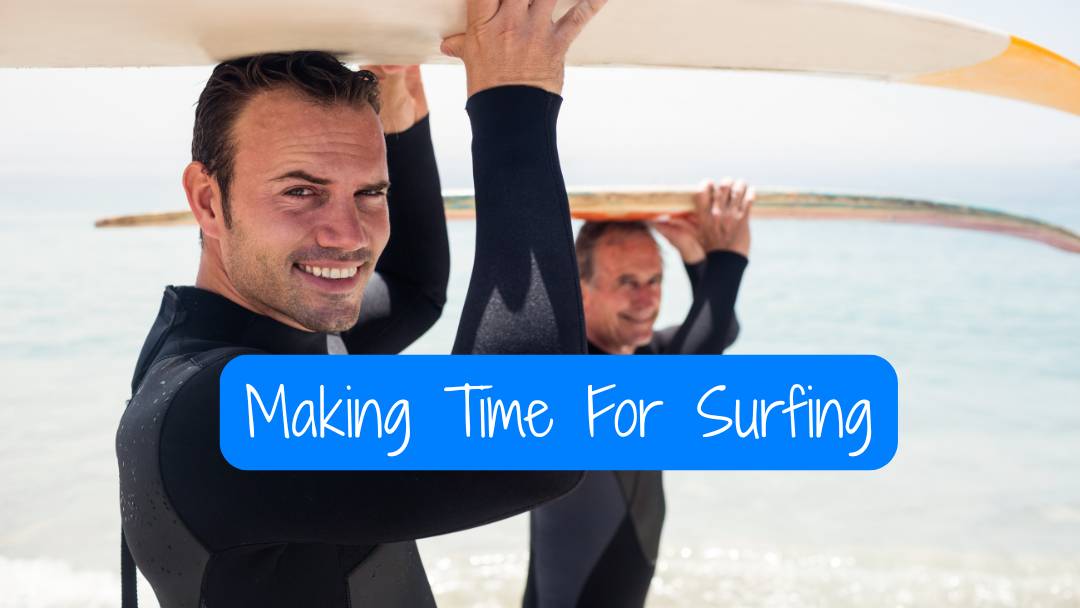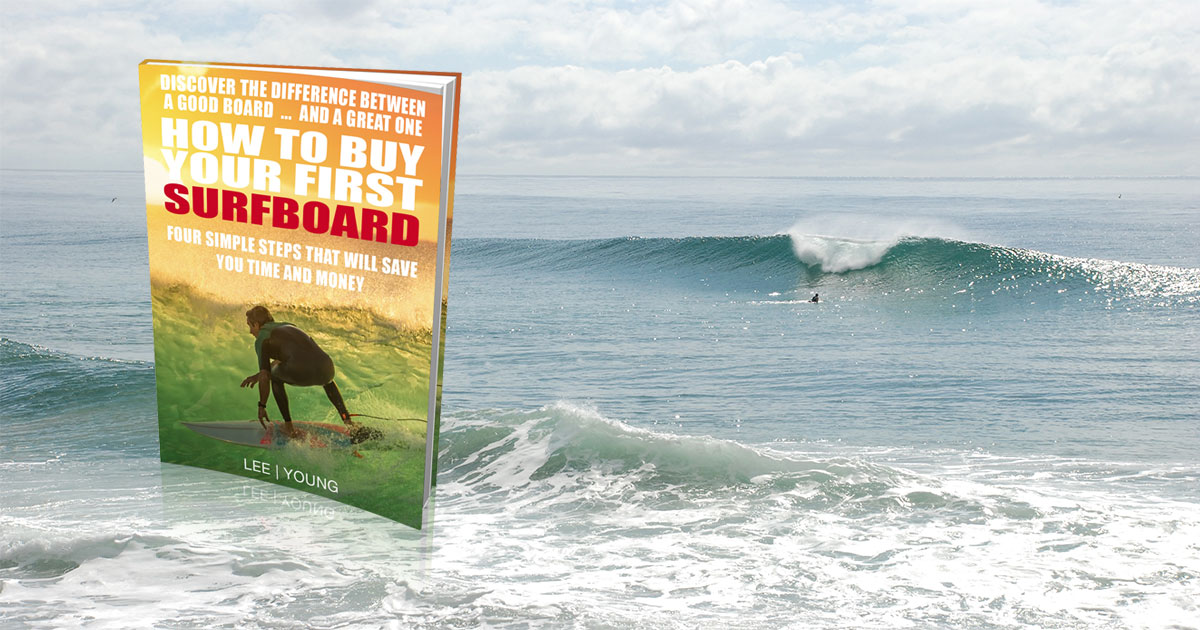Balancing work, family, and personal interests can make it tough to spend time in the water. I often find myself wondering how to fit my passion for surfing around the demands of daily life. The key is having a plan so I can make time for surfing without letting other areas of my life slide.
I’ve learned that a few practical strategies can help me keep surfing in my routine, even when things get busy. By setting clear priorities and staying flexible, I can enjoy the waves and still take care of everything else on my plate.
Integrating Surfing into a Demanding Schedule
Staying consistent with surfing requires careful planning when my days are full. I focus on realistic strategies that help me get into the water regularly, while still meeting personal and professional obligations.
Prioritising Surfing Among Life’s Responsibilities
I start by identifying my non-negotiable commitments at home and work. I use a basic table or calendar to map out fixed blocks—like work hours, family time, and essential errands.
| Time | Monday | Tuesday | Wednesday | Thursday | Friday |
|---|---|---|---|---|---|
| 6–8 am | Surf | Work | Surf | Work | Surf |
| 8 am–5 pm | Work | Work | Work | Work | Work |
| 5–7 pm | Family | Family | Family | Family | Family |
I clearly mark surf sessions as appointments. I tell my family or colleagues in advance, so they know when I’m unavailable. By treating surfing as seriously as work meetings, I make room for it without causing conflict with other duties.
Creating a Flexible Weekly Plan
I use a weekly planner and regularly check surf forecasts. The wave conditions can change quickly, so I allow for adjustments. Rather than setting firm surf days, I allocate “surf windows” throughout the week—these are 1-2 hour periods I can move if something important comes up.
When other priorities demand my attention, I swap sessions to other available slots or plan shorter sessions. I sometimes shift early morning or late afternoon to catch less crowded line-ups. Keeping my plan flexible lets me maintain frequency in the water, even when my week gets hectic.
Making the Most of Short Sessions
If I can’t fit in a long surf, I focus on 30-45 minute micro-sessions. I keep my gear organised for a quick dash—wetsuit, board, and towel are packed and ready to go. I choose a break close to home or work to minimise drive time.
During short surfs, I set a clear intention, such as working on pop-ups or paddling technique. I warm up on the sand beforehand to avoid wasting water time. Even a brief session refreshes me and helps maintain my skills, making each minute in the ocean count.
Maintaining Wellbeing and Progress Through Surfing
Caring for my body and tracking steady skill growth are both crucial when weaving surfing into my schedule. I focus on routines that foster improvements in the water, while also supporting physical health and recovery on land.

Building Consistency for Skill Development
Consistency is the key driver behind noticeable progress in surfing. Even when life is hectic, I commit to set surf days in my calendar to create a rhythm. This reduces decision fatigue and ensures I stay connected with the ocean.
I track each session in a journal, noting wave conditions and what techniques I practised. This helps me spot patterns and focus on skills that need work, whether it’s timing my pop-up or reading swell directions. If weather or work gets in the way, I practise paddling or balance drills at home for maintenance.
For those short on time, I find these methods effective:
- Short, focused sessions: Even 20-30 minutes in the water can help
- Using video analysis apps: Reviewing footage makes it easier to identify habits
- Setting clear goals: Specific aims for each session keep me motivated
Balancing Physical Health and Recovery
Surfing is physically demanding, especially when balancing it with work and other commitments. To avoid injury and maintain energy, I pay close attention to recovery practices.
I always perform a proper warm-up before entering the water, focusing on dynamic stretching for shoulders, hips, and lower back. After sessions, I cool down with gentle stretching and hydration. Sleep is a priority; I ensure at least seven hours each night to support muscle repair.
At least once a week, I incorporate cross-training like swimming, yoga, or strength exercises tailored to paddling and stance stability. When soreness or fatigue persists, I schedule extra rest days and use tools such as foam rollers or massage balls to aid recovery.
Keeping a balanced approach allows me to surf regularly without risking my long-term health.




